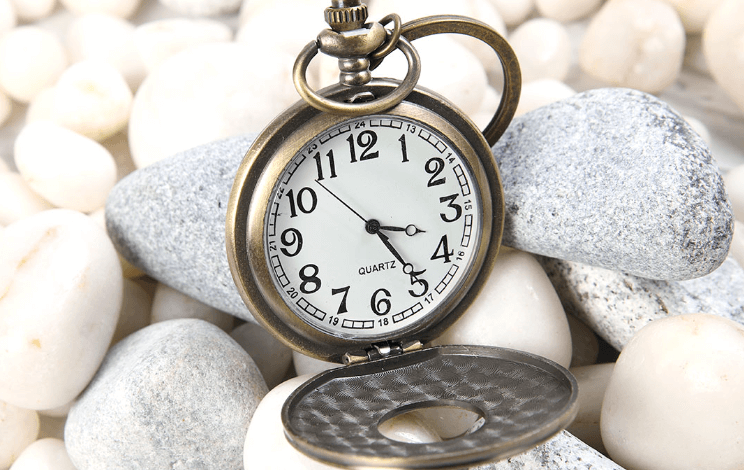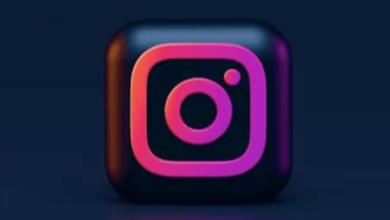What Is a Timewatch?

timewatch A watch is a machine for measuring time. It can record a single event or continuously measure time over a long period.
Many watches have hands and hour markers that glow-in-the-dark. They use a special material that emits a very low amount of radiation, usually tritium. This helps the wearer see the watch in poor lighting conditions.
Movement
A watch movement is the clockwork mechanism that powers a timepiece. Also referred to as a caliber (British English), it includes the mainspring, which stores energy; the gear train, which transmits the energy and governs the movement of the hands; the escapement, a brakelike device that regulates the frequency of the balance wheel’s oscillations and thus the watch’s rate; and the plates, or framework, that enclose and protect the movement.
A mechanical movement requires periodic winding by the crown to keep it running. Some movements also use jewel bearings, tiny pieces of durable synthetic ruby or sapphire set into drilled holes in high-stress areas of the movement to reduce friction. A high jewel count doesn’t necessarily mean a better watch, but it does speak to a movement’s quality.
In contrast, a quartz movement relies on a small battery to drive an electronic oscillator cut from a single piece of crystal that vibrates 32,768 times per second to drive the watch’s hands. A watch with a quartz movement has little need for maintenance, but it isn’t as accurate as a mechanical timepiece.
Dial
A watch dial is the visible part of a timepiece that tells you the time. It can be made from different materials and adorned with a variety of colors and features. It can also feature a range of finishes such as matte, brushed and sunburst to suit your style.
One of the most common types of small complications is a date display. A numbered disk rotates once per day around a calendar aperture, often positioned at 3 or 4:30 o’clock. Oris’ Big Crown Pointer Date is a classic example.
Enamel is a notoriously difficult material to work with, but some watch brands like Patek Philippe and Jaeger-LeCoultre use it to create exquisitely crafted dials. This technique uses layers of coloured enamel that are fused to the surface at high temperatures, creating a range of beautiful motifs and colours. It is also possible to have dials engraved with a guilloche pattern, an art that requires tremendous skill and patience.
Case
The case, or casing, is the outer shell of the watch that secures the movement, bezel, and crystal glass. There are several case sizes and shapes. The most common are round and square. However there are many outliers including the tonneau or pin cushion (similar to a rounded rectangle) and avant-garde cases like the Hamilton Ventura Triangular case. Case material is also an important consideration, with the most common being Stainless Steel and Gold, though there are now more options such as Bronze, Brass, Aluminum Bronze and even Ceramic cases.
One thing to look for when inspecting a watch is whether the back cover and bezel “snap” open or screw in place. Often there will be a raised lip area on the bezel or back that indicates where to pry with a case knife. If there is no hinge or pry area the case is a Swing-Out Case and you can simply lift and swing out the back to reveal the movement.
Bracelet
The bracelet holds the watch to the wrist and is often made of metal. Bracelets add an element of style to the watch and are a more formal option than straps. They can also be more comfortable for people with larger wrists than straps.
A watch’s bracelet can be polished to remove blemishes or to maintain its shine. Polishing is done by hand, and should only be done if the bracelet has minor scratches or discoloration. It’s important to use a proper polishing kit that doesn’t overly oxidize the metal or scratch it.
A great bracelet is both beautiful and functional, and should work seamlessly with the rest of the watch to create a cohesive, elegant piece of jewelry. Bracelets are also typically more expensive than straps, and should be considered when evaluating a watch. Examples of exceptional bracelets include the Rolex Oyster and Jubilee bracelets, IWC’s 3289 Ingenieur bracelet, and the Cartier Santos Dumont bracelet.






